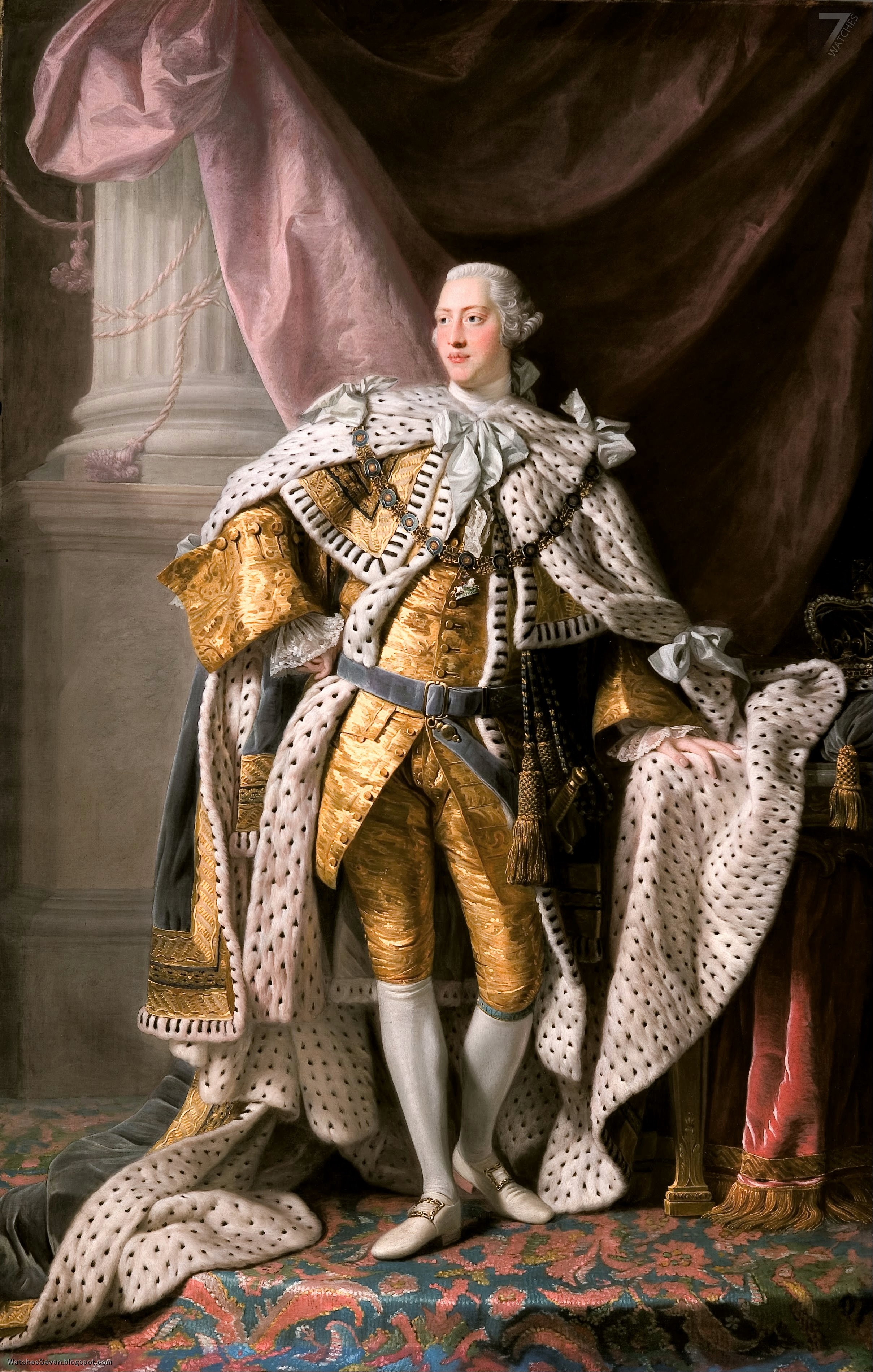
ARNOLD & SON – John Arnold 23/78 Chronometer 1781 Pocket Watch NEW
Click on the mouse wheel to see the large size ... BIG FOTO
John Arnold’s 23/78 Chronometer Sets a World Record
at Sotheby’s Auction
A testament to the ingenuity of one of the greatest watchmakers that ever lived: On the 7th of July 2016 in London during the second part of Sotheby’s series of auctions dedicated entirely to English Watchmaking, a new world record was set for a John Arnold chronometer, fetching £557,000 GBP ($722,318 USD), more than multiple times its original estimate.
Click on the mouse wheel to see the large size ... BIG FOTO
Completed in 1781, the John Arnold pocketwatch numbered 23/78 is unique for a number of reasons. It features several inventions by John Arnold and other outstanding features including a pivoted detent escapement with a “double S” balance, a cylindrical balance spring, and a clever temperature compensation mechanism.
Click on the mouse wheel to see the large size ... BIG FOTO
Lot 38, a John Arnold watch
circa 1781, sold for $722,318 at the Sotheby’s auction
circa 1781, sold for $722,318 at the Sotheby’s auction
© Sotheby’s
Furthermore, it is the only known example to have survived in its exact original condition without ever having undergone any restoration, with all parts including the silver case, enamel dial and movement perfectly intact and untouched.
Click on the mouse wheel to see the large size ... BIG FOTO
This extraordinary result achieved at Sotheby’s auction is an attestation to the pivotal role John Arnold played in advancing precision chronometry.
Click on the mouse wheel to see the large size ... BIG FOTO
John Arnold rapidly established a reputation for outstanding mechanical expertise and was the first watchmaker to produce a jewelled ruby cylinder escapement. He showcased this in an exceptionally small half-quarter repeating watch mounted in a ring, which he offered to King George III.
Click on the mouse wheel to see the large size ... BIG FOTO
George III of the United Kingdom
His growing fame attracted an affluent clientele. He could easily have lived comfortably, making exquisite repeating watches and calendar watches. But John Arnold was relentlessly driven by the greatest watchmaking challenge of his age: to build a timepiece that would enable ships to navigate safely, transform science and roll back the boundaries in astronomy. That challenge was precision, and Arnold made it his passion.
Click on the mouse wheel to see the large size ... FOTO
Between 1770 and 1790, he painstakingly refined the art of watchmaking, introducing decisive improvements that heralded the arrival of chronometry. It is to him we owe a series of trailblazing inventions that included a detent escapement, a helical balance spring, terminal curves that make the helical balance spring isochronous, the first-ever use of gold for balance springs, and a range of bimetallic balances that offset errors caused by temperature fluctuations.
Click on the mouse wheel to see the large size ... BIG FOTO
Arnold’s chronometers were used by some of the greatest explorers and navigators of his time on their epic voyages. His regulators and their continual refinement bear witness to the colossal progress of science and astronomy across Europe.
Click on the mouse wheel to see the large size ... BIG FOTO
Lot 38, a John Arnold watch
circa 1781, sold for $722,318 at the Sotheby’s auction
circa 1781, sold for $722,318 at the Sotheby’s auction
© Sotheby’s
Arnold was also heir to a series of exceptional English watchmakers, each of whom advanced the art of watchmaking in his own way: George Graham, Thomas Tompion, Thomas Mudge and John Harrison. Arnold, however, was the first to usher watchmaking into the modern era by designing high-precision, reliable watches that were also relatively easy to manufacture. In its report on Arnold’s pocket chronometer No. 2 in 1780, the Board of Longitude had this to say:
“So far as this watch has been tried, it must be acknowledged by all, that it is superior to every one that had been made before it. Nothing therefore seems to remain but for … Mr. Arnold … to make other watches … to entitle him to the second reward offered by Parliament for improvements in this branch of mechanics, and also to the universal approbation and applause of his fellow-citizens.” (2)
(2) The Monthly Review or Literary Journal, vol. 58 (London, 1780)
Click on the mouse wheel to see the large size ... BIG FOTO
--------------------------------------
Main technical characteristics
John Arnold, London
A HIGHLY IMPORTANT LARGE SILVER CONSULAR CASED POCKET CHRONOMETER OF "THE BEST KIND" AND THE ONLY KNOWN EXAMPLE TO SURVIVE IN ITS ORIGINAL STATE WITH DOUBLE ‘S’ BALANCE 1781, NO. 23/78
Movement:
Gilded full plate movement with Arnold pivoted detent escapement,
free-sprung ‘S’ balance, blued steel helical spring, decoratively pierced and engraved balance cock, fusee and chain, turned pillars Movement signed John Arnold, London, Inv. et Fecit London No. 23/78
Dial:
White enamel dial, Roman numerals, outer minute ring,
large subsidiary seconds, blued steel hands
Dial signed and numbered 78
Case:
Plain polished double bottomed silver case, the back opening to
reveal fixed cuvette with winding aperture,
maker’s mark ITP incuse for John Terrill Pain and hallmarked 1781
Diameter 73 mm
----------------------------------------
For more information about the Sotheby’s auction, please find here the link: www.Sothebys.com
----------------------------------------
------------------------------------------
Marketing & Sales
Boulevard des Eplatures 38
CH – 2300 La Chaux-de-Fonds
Switzerland
info@arnoldandson.com
------------------------------------------------
www.facebook.com - Arnold and Son 1764
----------------------------------------------------
www.Arnold&Son.com





































